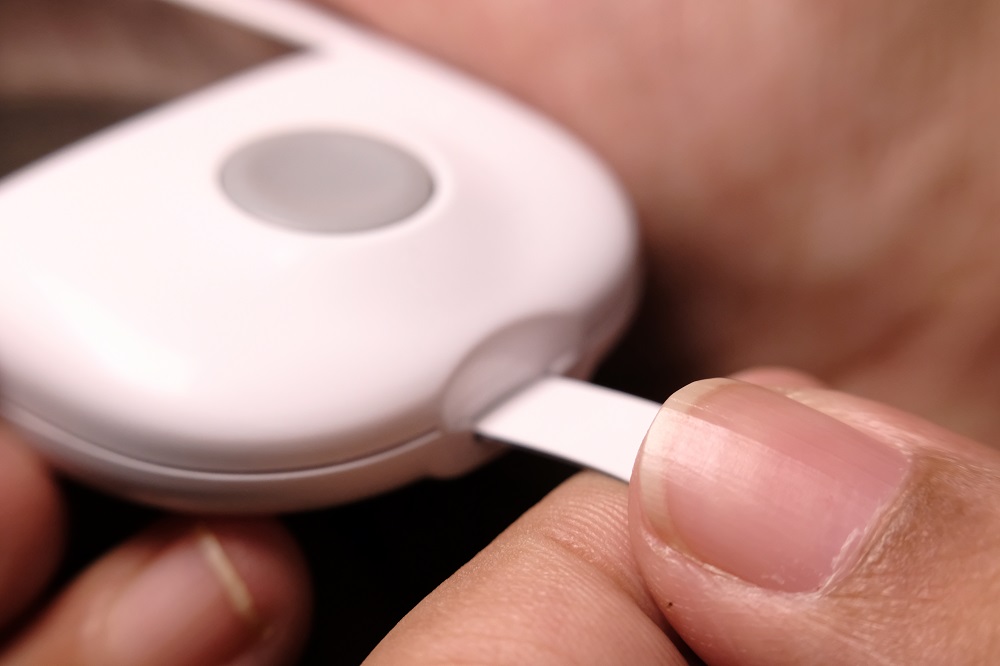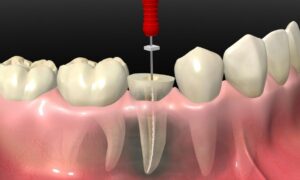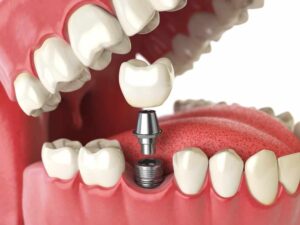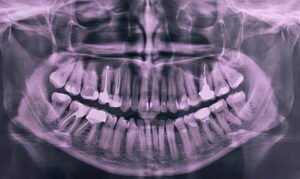Whenever we discuss sugar, the first thing that pops up in our mind is diabetes. Sugar is a processed sweetener. We have other natural alternatives other than sugar and artificial sweeteners. Our body needs sugar and our cells need it in the form of glucose. Frankly speaking, our bodies can derive glucose from many types of food other than sweeteners. So, there’s no harm in not consuming sugar. Treatments for hepatitis C are available to help you recover from hepatitis C.
Diabetes is a chronic disease whereby the blood sugar level is always high but the cells are not getting any. Hyperglycemia or high blood sugar refers to a high level of sugar beyond the healthy range in one’s blood. High levels of sugar in the blood for a long period may cause death and other complications such as stroke, heart attack, kidney damage, vision disturbances, and nerve problems. The sad fact is that the majority of diabetic patients are asymptomatic during the initial phase. Symptoms will come later as the disease progresses. The best way to detect any diseases especially diabetes is to go for regular health screening and medical checkups at least once a year.
Diabetes is treated with diet intervention and also medications. Diet intervention alone is for those who are prediabetic or for people with high risk to develop diabetes mellitus. Diabetic patients will require both diet interventions and medications. Diet intervention will require advice from a dietician. Generally speaking, food with low glycaemic index are included in patients’ diet plan. Other than that, food intake based on calorie count or portion will be introduced. If a patient is on insulin, they will be reminded frequently to keep candy bars or a sachet of sugar in case they become hypoglycemic.
There are few groups of medications can be used in treating diabetes. Usually, all patients will start with a single medication and if not effective, dose adjustment will be done, and later more medications will be added. The group of antidiabetics is:
- Biguanides
- Sulphonylureas
- Alpha-glucosidase inhibitors
- Thiazolidinediones
- Insulin
- DPP-4 inhibitors
- GLP-1 receptor agonists
The example of biguanides is metformin. Metformin is commonly used as the first-line treatment as this drug has proven to help in the reduction of blood sugar as well as body weight. The examples of sulfonylureas are glipizide and tolbutamide. Acarbose and miglitol are examples of alpha-glucosidase inhibitors, while pioglitazone is the example of thiazolidinediones. Insulin has many subtypes and classification. Insulins are classified into ultra short-acting, short-acting, intermediate-acting, and long-acting which referring to the duration of their actions.
Insulin is the treatment of choice for diabetic patients with hepatitis C infection. This is because insulins have a short half-life that makes it easier for doctors to change the dose to prevent both hypoglycemia and hyperglycemia. However, some studies show that the use of metformin will reduce the risk of development of hepatocellular carcinoma, which is a complication of hepatitis. Insulins and sulphonylureas are at a higher risk to cause hepatocellular carcinoma. Anti-viral treatments are still required but dosage adjustment will be needed depending on the liver and kidney functions. The liver is highly liable for destruction following hepatitis, while kidney destruction is due to diabetes. Both organs play a vital role in eliminating medication residues. Treatments for hepatitis C are available to help you recover from hepatitis C.




